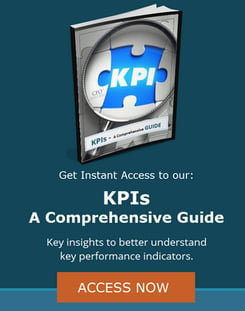We are now seven months into the Covid-19 pandemic, and it is clear we are far from returning to “normal”; however, that may be defined. What is clear is the pandemic pushed the concept of work-from-home (WFH) from being a motivational tool and employee benefit to a way of life. Work-from-home will undoubtedly remain an essential part of company operations well after the pandemic is under control. REI, Zillow, Twitter, Square, and other companies announced a plan to work remotely indefinitely.
Moving to a remote work environment in March with little or no notice was extraordinarily disruptive and often haphazard at best. We did what we needed to operate in the so-called “new normal.” By now, most of us have settled into a regular work cadence and adapted to working apart from the rest of our teams.
According to the U.S. Census Bureau, nearly one-third of the U.S. workforce and half of all “information workers” can work from home. Though the number of people working partially or fully remote has been on the rise for years now, the COVID-19 pandemic may have pressed the fast-forward button on this trend.
With millions of people taking part in this work-from-home experiment, now is the perfect time for companies to take a fresh look at their internal control environments, especially as they relate to their WFH team members. What once worked with everyone in the same place may not be effective with a distributed workforce.
A critical self-examination of your company’s internal control environment begins with an assessment of the segregation of duties.










